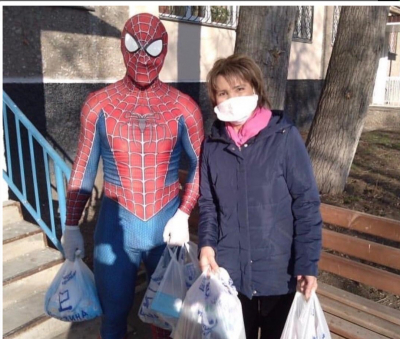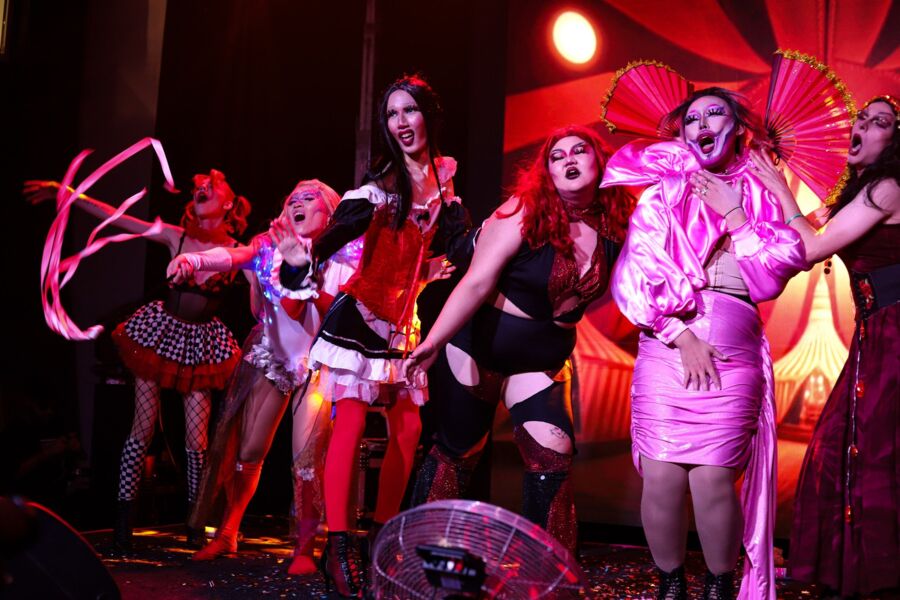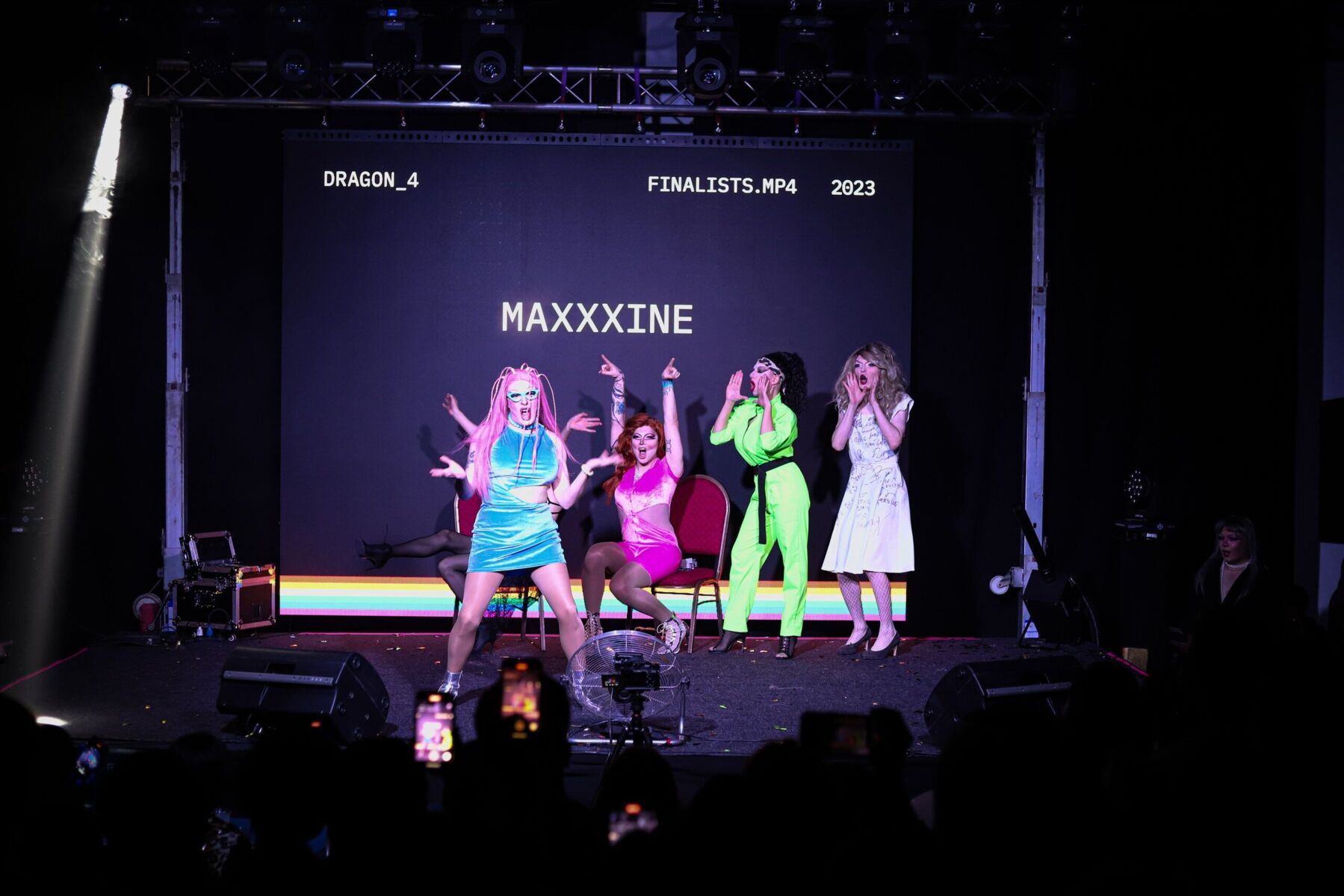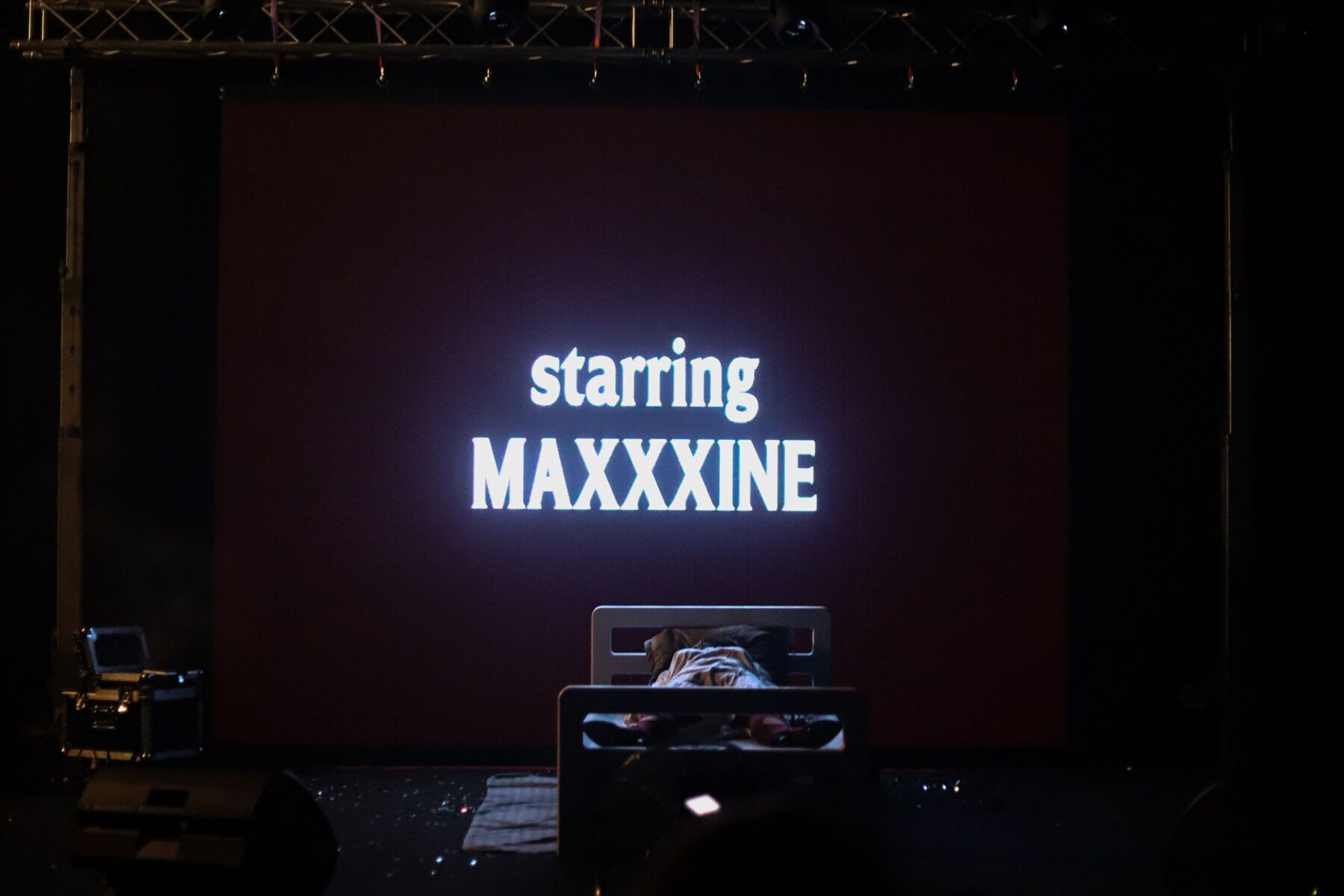
Kazakhstan’s largest city was traditionally the most inclusive in a region that has often recorded harassment, pressure, or violence against members of the LGBTQ+ community. Whether they are part of the community or not, drag performers aim to dismantle traditional binary gender roles through flamboyant shows and their larger-than-life characters.
Director Tolganay Talgat, 32, produced "Behind the Mask", a documentary of one of Almaty’s most attended series of drag shows, DragOn, which has run since early 2022.
The 30-minute-long “Behind the Mask” was initially supposed to be about Talgat’s friend, a Kazakh-speaking drag queen, who took part in the first edition of DragOn.
“He performed a very moving story. It is about a woman from a village who is beaten by her husband. After leaving him, she moves to the city to start a new life,” Talgat told Vlast.
Fearing about his safety, however, Talgat’s friend asked not to be part of the documentary. Talgat then turned the spotlight onto a portrait of the diversity of Kazakhstani drag performances as well as the struggles and discrimination often faced by the community.
“They wear these masks all the time. There is bullying, hatred, and even death threats. Drag artists, who can wear what they want and be themselves at night, can’t go out like that in public,” Talgat said, in reference to the title of her documentary.

DragOn is organized and held within “Amirovka” a queer bar and safe space established by local activist Amir Shaikezhanov. For security reasons, the bar’s address is not public and it remains a well-kept secret within the community.
“We noticed that in Kazakhstan drag performances were mostly about lip syncing. The drag scene used to be very big, very diverse. From Burlesque to experimental formats. So we were wondering where those shows have gone,” Shaikezhanov told Vlast.
Shaikezhanov emphasized that DragOn stands out compared to other drag-focused events because of the complexity of the theatrical performances in terms of acts, plots, and stories.
“It’s some kind of self-reflection, self-exploration. There are topics of different forms of violence, non-acceptance, coming-out,” the DragOn organizer said.

The winner of DragOn’s fourth edition, Maxim Shablonov, known as Maxxxine on stage, said the performance is a way of breaking boundaries.
“We take a particular problem and turn it into a comedic message that still has a bitterness to it. It’s a form of protest that allows people who have been limited in their rights to live and express something,” Shablonov told Vlast.
Drag performances translate a painful struggle into a festive experience, Shablonov argued.
“We all experience this pain. We suffer from injustice, queerphobia, disrespect and so on. So, to me it is about recycling all this into comedy and thereby achieving catharsis. Drag is just a unique language.”

Since the first contest in early 2022, DragOn has evolved. For the fourth season in mid-2023 the contestants prepared through master classes on theatrical performances, choreography, and scenography.
“We dream that this event will grow region-wide or even internationally. And I really hope someday it will be on TV. Because this is beautiful art,” Shaikezhanov said.
Just like many other drag performers, Shablonov marks the experience of watching RuPaul’s Drag Race, a 2009 reality TV series from the US, as a turning point.
“At first, I thought this was ‘cringe’, just men dressing up as women. But after watching a dramatic performance about acceptance I just started to cry. This show widened my understanding of the drag scene and opened up a new world for me.”


Shablonov developed his Maxxxine character after moving from Kazan to St. Petersburg.
“Maxxxine is an actress who might be a bit ridiculous or somewhere overplayed. But that’s the thing with drag. We transform our imperfections into highlights of our character,” Shablonov said.
Alongside hundreds of thousands other Russian nationals, Shablonov crossed the border with Kazakhstan in recent months. The inflow of people on Russia’s military draft lists into Kazakhstan was triggered by Russia’s war of aggression in Ukraine first and the Kremlin’s call to arms in September 2022.
Shablonov ultimately relocated to Almaty and signed up for the fourth season after watching the finale of the third one. DragOn was Shablonov’s first competition.

Drag offers artists — especially members of the queer community — a possibility to express their identity in a protected environment and deal with pain and discrimination.
The DragOn performances attracted an enthusiastic audience, regardless of their gender or orientation.
“I saw for myself how the viewers reacted. They had their mouths wide open, cheering, applauding, and having fun. A show like DragOn brings everyone together,” Talgat said.
In “Behind the Mask”, director Talgat provides an insight into Almaty’s colorful and multi-layered drag culture, which has emerged on the fringes of society since the late 90s.
Talgat’s documentary shows several portraits of drag performers from various backgrounds, hailing from different countries, all united within the premises of the show’s safe space.



